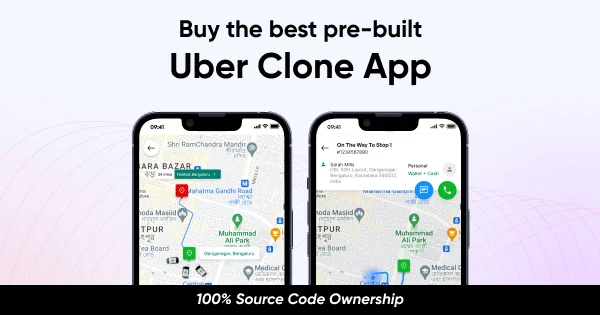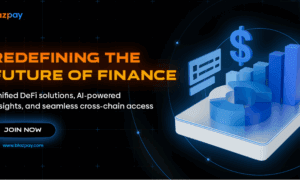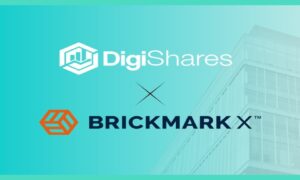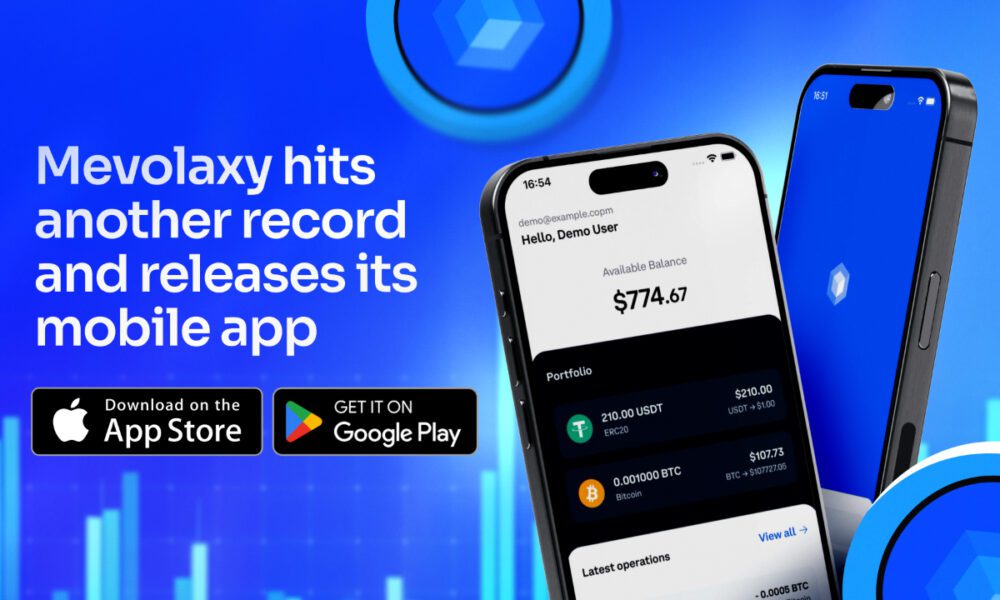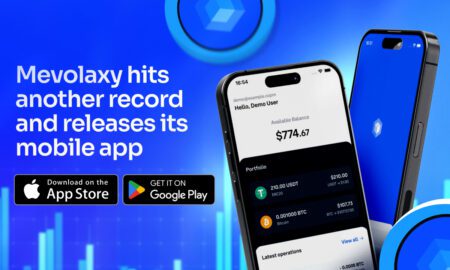Are you planning to launch your own Uber-like ride-hailing app or looking to upgrade your existing clone? The ride-hailing market continues to show tremendous growth potential, but success depends on choosing the right features, technology stack, and development approach. Whether you’re a startup entrepreneur or an established business expanding into mobility services, this comprehensive guide will help you make informed decisions about your Uber clone project.
Why Uber Clone Apps Are Still Profitable in 2025
Despite market maturity, there’s still significant opportunity for new Uber clone apps, especially those targeting specific niches or underserved markets. Current market gaps include:
- Geographic Opportunities: Many tier-2 and tier-3 cities still lack comprehensive ride-hailing services, presenting first-mover advantages for well-executed clones.
- Specialized Services: Luxury rides, eco-friendly options, women-only services, and senior-focused platforms are thriving by serving specific demographics.
- B2B Market Growth: Corporate transportation solutions and employee shuttle services represent rapidly expanding segments.
- Multi-Service Integration: Modern users expect apps that combine rides with food delivery, package delivery, and other on-demand services.
The key is not competing directly with Uber and Lyft in saturated markets, but finding your unique positioning and target audience.
Must-Have Features for Your Uber Clone in 2025
If you’re developing a new Uber clone or upgrading an existing one, certain features have evolved from nice-to-have to absolutely essential:
Advanced User Experience Features
- Smart Ride Matching: Modern algorithms should consider not just distance, but traffic patterns, driver preferences, and user history to optimize matches. Users now expect sub-2-minute pickup times in urban areas.
- Dynamic Pricing with Transparency: While surge pricing remains important for balancing supply and demand, users demand clear explanations and price predictions. Implement pricing calculators and fare estimators to build trust.
- Multiple Payment Options: Beyond credit cards, integrate digital wallets, BNPL services, corporate accounts, and cash payments where applicable. Cryptocurrency payments are becoming increasingly popular in certain markets.
- Real-Time Everything: Live tracking, instant notifications, real-time chat between drivers and passengers, and dynamic ETA updates are baseline expectations.
Safety and Trust Features
- Enhanced Verification: Multi-step driver verification including background checks, vehicle inspections, and document verification. Consider implementing facial recognition for added security.
- Emergency Features: Panic buttons, automatic emergency contacts notification, and integration with local emergency services.
- Ride Recording: Audio recording capabilities (where legally permitted) provide additional safety assurance for both drivers and passengers.
- Insurance Integration: Comprehensive insurance coverage details should be transparently displayed to users, with automatic claims processing for incidents.
Business Intelligence Features
- Advanced Analytics Dashboard: Your admin panel should provide real-time insights into user behavior, driver performance, popular routes, and revenue optimization opportunities.
- Predictive Demand Modeling: Use machine learning to predict demand patterns and position drivers proactively, reducing wait times and maximizing earnings.
- Automated Operations: Features like automatic driver onboarding, instant document verification, and AI-powered customer support reduce operational overhead.
Technical Architecture Decisions for Uber Clones
Your technical choices will determine your app’s scalability, performance, and long-term success. Here are critical considerations:
Backend Infrastructure
Microservices Architecture: Break your application into independent services (user management, ride matching, payments, notifications) for better scalability and maintenance.
Real-Time Processing: Implement WebSocket connections and event-driven architecture to handle real-time location updates and ride status changes efficiently.
Database Optimization: Use appropriate databases for different functions – PostgreSQL for transactional data, Redis for caching, and specialized geospatial databases for location services.
API-First Design: Build robust APIs that can support multiple client applications (iOS, Android, web) and future integrations.
Mobile App Considerations
Native vs. Cross-Platform: While native apps offer better performance, cross-platform frameworks like React Native or Flutter can reduce development costs and time-to-market significantly.
Offline Capabilities: Ensure core functions work even with poor internet connectivity, crucial for ride-hailing apps.
Battery Optimization: GPS and real-time features can drain batteries quickly. Implement smart location tracking and background processing optimization.
Performance Monitoring: Integrate tools to monitor app crashes, slow loading times, and user experience issues in real-time.
Upgrade Strategies for Existing Uber Clones
If you already have an Uber clone but want to stay competitive, consider these upgrade priorities:
Feature Additions
- Multi-Service Integration: Transform your ride-hailing app into a super app by adding food delivery, package delivery, or other on-demand services. This increases user engagement and revenue per customer.
- Subscription Models: Implement membership tiers offering benefits like discounted rides, priority booking, or premium support.
- AI-Powered Features: Add chatbots for customer support, intelligent route suggestions, and personalized user experiences.
- Environmental Features: Carbon footprint tracking, electric vehicle options, and ride-sharing incentives appeal to environmentally conscious users.
Technical Modernization
- Cloud Migration: If you’re still using traditional hosting, migrating to cloud platforms like AWS or Google Cloud can improve scalability and reduce costs.
- API Updates: Modernize your APIs to support new features and improve performance. Consider GraphQL for more efficient data fetching.
- Security Enhancements: Implement advanced encryption, OAuth 2.0, and regular security audits to protect user data.
- Performance Optimization: Regular code reviews, database optimization, and caching strategies can significantly improve app performance.
Choosing the Right Development Approach
The decision between building in-house, using white-label solutions, or partnering with specialized development companies significantly impacts your timeline, costs, and final product quality.
In-House Development
Pros: Complete control, custom features, long-term cost efficiency Cons: High initial costs, long development timelines, need for specialized talent
White-Label Solutions
Pros: Quick launch, lower initial costs, proven functionality Cons: Limited customization, ongoing licensing fees, dependence on vendor
Specialized Development Partners
Pros: Faster time-to-market than in-house, more customization than white-label, ongoing support Cons: Need to choose the right partner, potential vendor dependence
Companies like Appscrip have carved out a niche in this space, offering comprehensive Uber clone solutions that balance customization with rapid deployment. Their approach allows businesses to launch feature-rich platforms quickly while maintaining the flexibility to add unique features as they grow.
Revenue Model Optimization for Uber Clones
Successful Uber clones implement multiple revenue streams beyond simple commission-based models:
Commission Variations: Different commission rates for different service types (luxury rides, pool rides, delivery services) maximize revenue while staying competitive.
Subscription Services: Monthly or annual subscriptions for frequent users provide predictable revenue and increase customer loyalty.
Advertising Revenue: In-app advertising from local businesses, restaurants, and service providers can significantly boost income.
Data Monetization: Anonymous usage data and market insights can be valuable to local governments, urban planners, and businesses (while respecting privacy regulations).
Partnership Revenue: Revenue sharing with restaurants, hotels, and other businesses that integrate with your platform.
Regulatory Compliance and Legal Considerations
Uber clone operators must navigate complex regulatory environments that vary by location:
Essential Compliance Areas
Business Licensing: Ensure you have all necessary permits to operate a ride-hailing service in your target markets.
Driver Requirements: Implement systems to verify driver licenses, insurance, vehicle registration, and any local certification requirements.
Data Protection: GDPR, CCPA, and other privacy regulations require specific data handling, storage, and user consent procedures.
Insurance Coverage: Comprehensive commercial insurance covering drivers, passengers, and third parties is mandatory in most jurisdictions.
Tax Compliance: Proper handling of VAT, service taxes, and driver income reporting varies significantly by location.
Marketing and Launch Strategies
Technical excellence alone doesn’t guarantee success. Effective marketing strategies for Uber clones include:
Driver-First Approach: Building a strong driver network before heavily marketing to passengers ensures good user experiences from day one.
Geographic Focus: Starting with specific neighborhoods or cities allows for concentrated marketing efforts and word-of-mouth growth.
Partnership Marketing: Collaborating with local businesses, hotels, and event venues creates steady demand and marketing opportunities.
Incentive Programs: Strategic use of rider and driver incentives can accelerate growth, but must be balanced against profitability goals.
Future-Proofing Your Uber Clone
The ride-hailing industry continues evolving rapidly. Consider these trends when planning your development or upgrade strategy:
Electric Vehicle Integration: Government incentives and environmental concerns are driving EV adoption. Your platform should support EV-specific features like charging station locations and different pricing models.
Autonomous Vehicle Preparation: While fully autonomous rides are still years away, preparing your platform architecture for eventual integration gives you a competitive advantage.
Super App Evolution: Users increasingly expect comprehensive service platforms rather than single-purpose apps. Plan for eventual expansion beyond ride-hailing.
Voice and IoT Integration: Smart speaker integration, wearable device support, and IoT connectivity are becoming expected features.
Making the Right Development Decision
Whether you’re launching a new Uber clone or upgrading an existing platform, success depends on making informed decisions about features, technology, and market strategy. The key is finding the right balance between rapid market entry and long-term scalability.
Consider your specific market needs, regulatory environment, and growth plans when choosing between development approaches. While building everything from scratch offers maximum control, partnering with experienced development teams can significantly reduce time-to-market and technical risks.
The ride-hailing market rewards platforms that can quickly adapt to user needs while maintaining operational excellence. By focusing on essential features, choosing the right technical architecture, and planning for future growth, your Uber clone can capture significant market share in the expanding mobility services sector.
Remember, successful Uber clones don’t just copy existing platforms—they identify specific market needs and build superior solutions for their target users. With the right approach, there’s still tremendous opportunity in the ride-hailing space for well-executed platforms.

